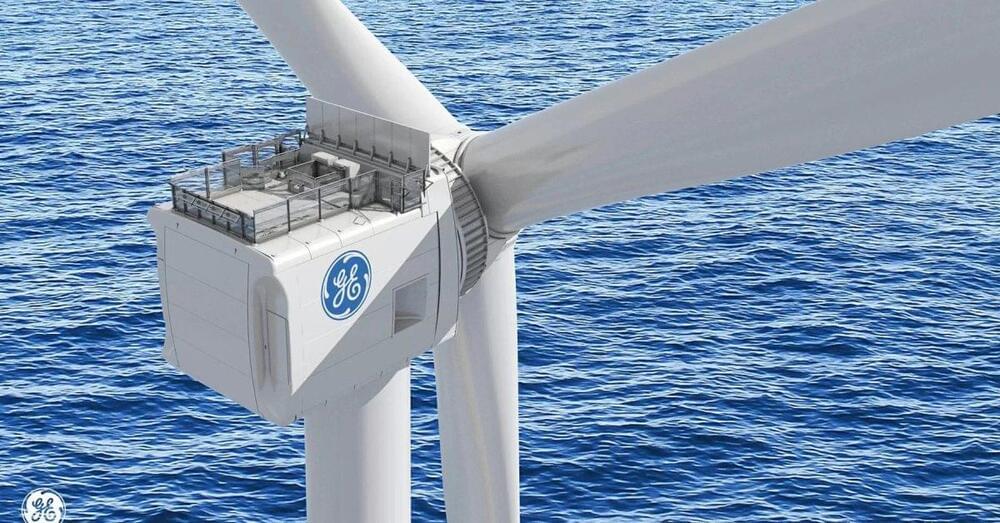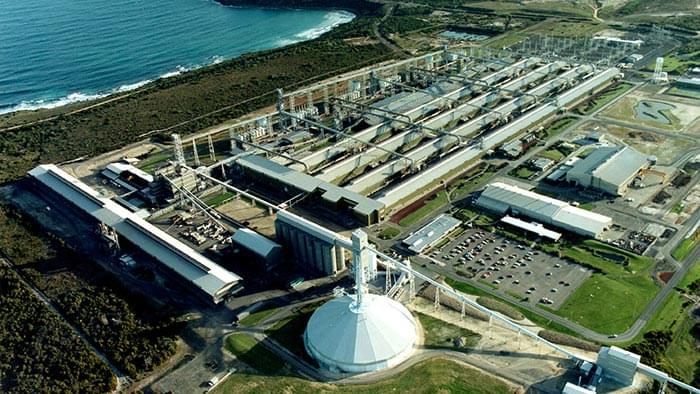Dec 7, 2021
Phase 3 of the world’s largest offshore wind farm moves forward
Posted by Shubham Ghosh Roy in category: energy
British utility SSE and Norwegian energy giant Equinor announced late last week that they have secured financing to proceed with the construction of the $3.98 billion Dogger Bank C offshore wind farm off England’s northeast coast.
Dogger Bank C offshore wind farm, along with Dogger Bank A and Dogger Bank B, is due to become the largest offshore wind farm in the world upon completion, with an installed capacity of 3.6 gigawatts (GW). Each phase is 1.2 GW.
Dogger Bank C will generate around 6,000 gigawatt hours (GWh) of electricity a year when completed in 2026.

















